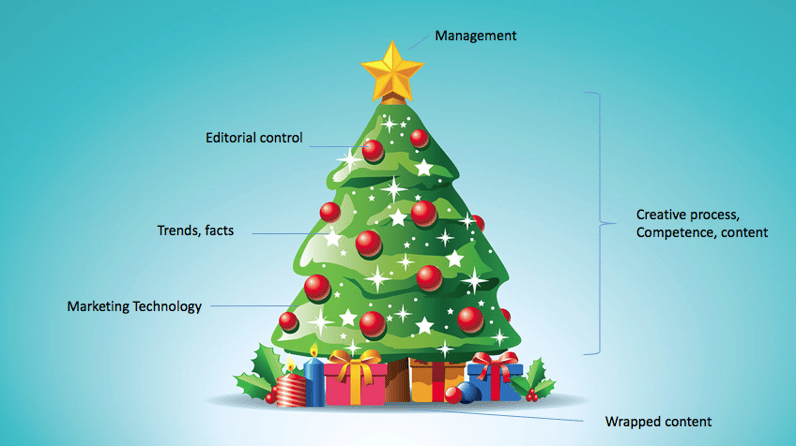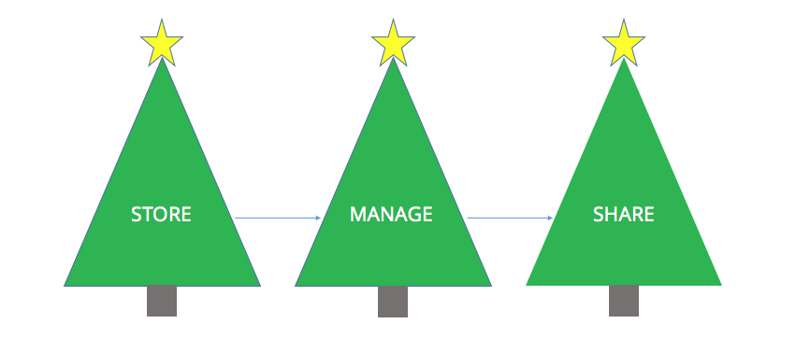In today’s fast-moving communications and marketing technology landscape, it isn’t always easy to keep up. Therefore, it might be time for a blog post that keeps it pretty simple. Here it is, DAM for Dummies - enjoy!
Numerous trend alerts tell us all about artificial intelligence, Machine Learning, Martech Stacks and so on. If you aren't that tech savvy it could scare you a bit.
Since DAM fits within Marketing Technology (Martech), it might be time for a simple explanation.
What is a DAM?
DAM is an acronym for Digital Asset Management, but also often referred to as a media bank. A system that store, manage, and share digital assets.
Digital Assets - When we talk about digital assets we refer to digital files, such as images, videos, logotypes, InDesign-documents, PowerPoint-presentations and so on. It can be any type of file and preferably large files.
Managing Content
Pretty much every Communications and Marketing Team are struggling with high demands on content delivery. May it be blog posts, social media posts, website articles, ads or banners. And as you know, content is not just a text or an illustration, there are a lot of parameters included. There’s everything from Management, correct facts, stats and trends, and the actual creative process. On top of that there are different technology or systems you need, like InDesign, PowerPoint, CMS, and social media platforms. Since it's almost Christmas, I illustrate it with a Christmas tree.

To manage the increase in content it is crucial that you keep order. That’s where a DAM comes in handy, with its structural superhero skills.
Store, Manage, Share
You could say that a DAM consists of three basic functions; Store, Manage, Share. So, instead of storing assets on a local hard drive or a server, which is common, you upload it to a cloud based system with easy access.
Store - You upload your assets and tag them with metadata, that way you can find the correct image or file instantly. Really, it will take you a couple of seconds. How’s that compared to search in a file, or worse, running around the office.
Manage - A DAM is great at managing large high-res images, that's the files you preferably should upload. By adding templates of frequently used image sizes, like social media headers or news feed posts, or website images, you can simply let your DAM crop and resize images. No need to open them in Photoshop and save them as a new version.
Share - This is like the top star on a Christmas tree. The ability to share your content to multiple channels is a time saver. Imaging sharing content to YouTube, Facebook or your website, from one system. One of QBank's most appreciated features is the QBank Moodboard. It's a temporarily website that you can safely share with internal or external stakeholders. At QBank we use this feature to send out presentations or recordings after a seminar. You can also use it to collect assets from external partners, like an ad agency or a photographer. This means you don't have to share large assets by email or by sending a flash drive by regular mail.
By integrate your DAM with your other communications tools you enable even more time savings and shorter time-to-market.
If you wish to learn more about QBank, visit our website www.qbankdam.com